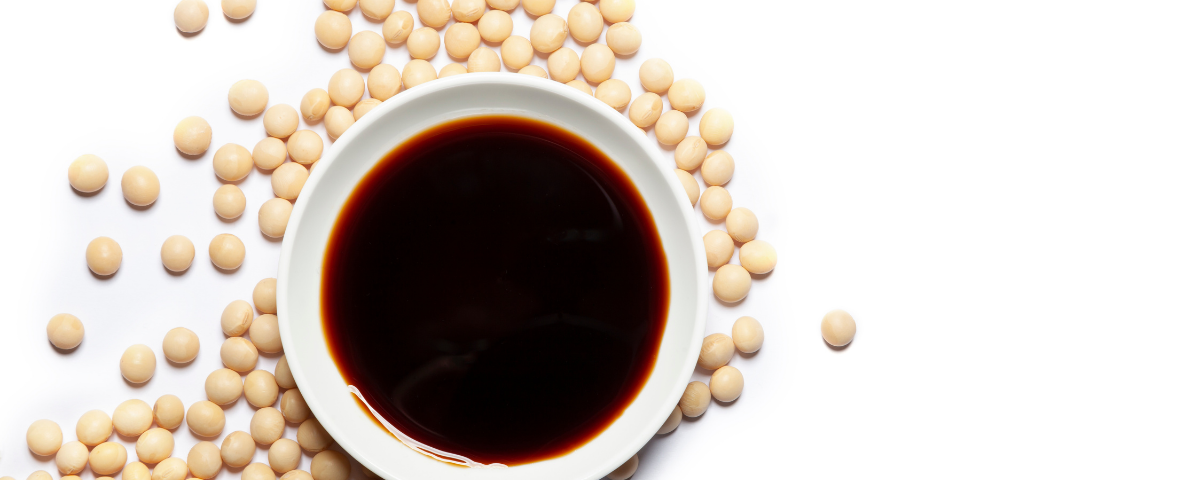Learning About Soy Sauce: 7 Different Types of Soy Sauce
Soy sauce is an ingredient most people either love or hate, with the latter group claiming it makes them feel icky. But, as it turns out, soy sauce is not just for stir-fries and marinades but also for everyday cooking. There’s a reason why Asian food is so popular in the western world, and it’s not just because of the sweet, sticky sauce that goes into everything from stir-fries to dumplings.
Are you ready to gain more learning about soy sauce? Read more.
More About Soy Sauce
Soy sauce is a staple in almost every household, but few people know much about it. In fact, Asian cuisine is so steeped in soy sauce that its importance has become overlooked in almost every other cultural setting. This condiment in your kitchen cupboard has always seemed to be a strange fetish to some people. Some swear by it, others decry it, but all are perplexed by the strange history of soy sauce.
In the ancient world, soy sauce was used as a seasoning. However, it wasn’t until the late Middle Ages that soy sauce was seen as a beverage. Over the centuries, soy sauce has been used for various purposes, including medicine, and as an important ingredient in Chinese and Japanese cooking. Today, soy sauce can be found in most grocery stores, and it is used in many recipes, from sauces and marinades to soups and stir-fries.
How is Soy Sauce Made?
Soy sauce is created through a fermentation process that involves mixing soybeans, roasted wheat, salt, and a specific strain of mold called Aspergillus oryzae or Aspergillus sojae. The mixture, known as koji, is allowed to ferment for several days, during which the mold breaks down the carbohydrates in the soybeans and wheat into simple sugars. This process is crucial for developing the characteristic umami flavor of soy sauce.
After the koji fermentation, the mixture is combined with brine and left to ferment further in large fermentation tanks. During this stage, naturally occurring microorganisms, including bacteria and yeast, ferment the sugars into organic acids and alcohol. This fermentation process can last several months to years, depending on the desired flavor and quality of the soy sauce.
Air mixers play a vital role in the fermentation process by ensuring thorough mixing and agitation of the koji mixture and brine in the fermentation tanks. By continuously circulating the mixture, a durable air mixer promotes uniform distribution of microorganisms, nutrients, and oxygen throughout the fermentation vessel. This helps maintain optimal conditions for microbial growth and fermentation, resulting in a well-fermented and flavorful soy sauce. Additionally, air mixers prevent stratification and settling of solids, ensuring homogeneity in the final product.
Different types of Soy Sauce
There are many different types of soy sauce from different countries. It was only during the last few decades that scientists started to study the fermentation process of soy sauce to discover what makes it so special.
Here are the popular types of soy sauce:
- Dark Soy Sauce – This is not so popular, but it is making its way towards the table. It has a stronger taste than the other types of soy sauces. To answer why dark soy sauce is used, the difference between the two types of soy sauce can be traced back to the ingredients used in the sauce. Although there are many types of soy sauce, dark soy sauce is the most popular one. This is because it is often used for cooking in China and Japan.
- Light Soy Sauce – This is one of the types of soy sauce, and it’s produced by making the traditional soy sauce with light soybeans. This type of soy sauce is not commonly found in the US market but is produced in Japan and China. Both in Japan and China, light soy sauce is produced by fermenting soybeans with Bacillus subtilis.
- Thick Soy Sauce – Also called soy jam or soy paste, soy sauce in its basic form is a thick, sour liquid made primarily from fermented soybeans. With a very long history dating back to ancient China, soy sauce has become a staple in the world’s cuisines. It can be used to cook Chinese food, dress sushi, and more.
- Japanese Tamari – It is made by fermenting soybeans with a bacterium called koji that’s found in rice. In the early days of soy sauce, koji was simply the word for “sauce” in Japanese. Nowadays, koji is usually a specific type of mold that is used in the fermentation of soy sauce. The process of fermenting soybeans with koji is called the koji process.
- Indonesian Kecap Manis – This is a type of soy sauce that is made in Indonesia that can be used to add flavour to dishes. It is one of the most popular condiments in Indonesia. This soy sauce can also be used as a dipping sauce for foods such as dumplings, fried chicken, and sometimes fish.
- Shrimp-Flavoured Soy Sauce – One of these other types of soy sauce is shrimp-flavoured soy sauce. This type of soy sauce is made from soybeans, salt, and shrimp extract that gives it a strong flavour. Although the flavour is stronger than the usual soy sauce, it is still used as a condiment, like soy sauce.
- Mushroom-Flavoured Soy Sauce – Have you tried the latest trend of adding mushroom-flavoured soy sauce to regular soy sauce? In fact, the mushroom-flavoured soy sauce is one of the types of soy sauce, which are the main ingredients of Japanese cuisine. This mushroom-flavoured soy sauce is very popular among Japanese people. You could also buy them from a japanese food store online or somewhere near you that sells Asian food related items.
Soy sauce is the most important seasoning in the world. It’s used to flavour countless dishes from breakfast to dinner to dessert. You can make a stir-fry or steam fish with just soy sauce. It’s also used for marinades, marinades, marinades. This condiment is found in most grocery stores and easily found online as well.

